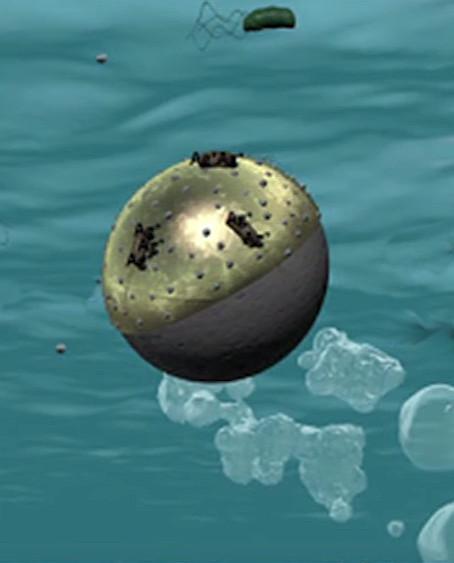Experts building anti-bug nanobots
 German engineers have designed tiny robots to remove disease-causing bacteria from water.
German engineers have designed tiny robots to remove disease-causing bacteria from water.
Researchers at the Max-Planck Institute for Intelligent Systems have designed 'two-faced' round particles that can zoom through water and clean up disease-causing bacteria.
Drinking water contaminated with pathogenic bacteria can cause serious illnesses that, in areas with patchy medical services, are life-threatening without proper treatment.
Water can be disinfected with chlorine or other disinfectants, but there are some hardy bacteria and other microorganisms that are hard to remove.
Treating water with a combination of disinfectants or increasing their concentrations can help, but they remain in the water, and their byproducts can be harmful to human health.
Researchers are now working on self-propelled micromotors to degrade and capture pollutants in water.
Building on this work, Diana Vilela, Samuel Sánchez Ordóñez and colleagues wanted to see if they could engineer tiny robots to remove waterborne bacteria.
The team designed 'two-faced' spherical particles to perform the task.
One face is made with magnesium, which reacts with water to produce hydrogen bubbles and propel the microbots.
The other face is made out of alternating iron and gold layers topped by silver nanoparticles. Bacteria stick to the gold and are killed by the silver nanoparticles.
Lab testing showed that the particles can motor around in water for 15 to 20 minutes before the magnesium is spent, trapping more than 80 percent of E. coli in water spiked with a high concentration of the bacteria.
Then, because of the iron's magnetic properties, the microbots are removed easily with a magnet, without leaving behind any harmful waste in the water.
Their latest paper is accessible here.







 Print
Print